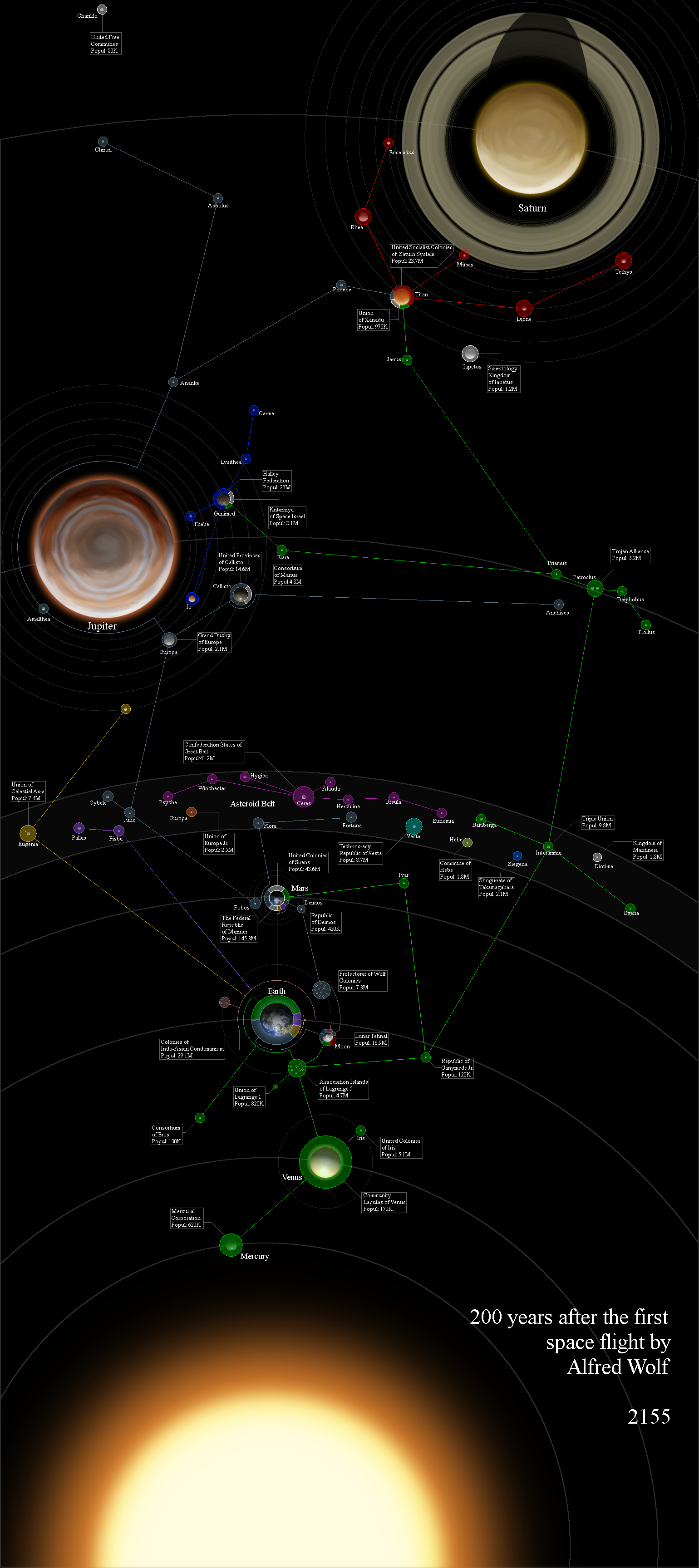

We discuss our results within the context of using iDNA to noninvasively obtain data to assess species genetic diversity, and the potential of this approach to be applied to other species and systems. Our results provide information that can be directly used to inform planned ex situ conservation measures for the Annamite striped rabbit. Phylogenetic trees constructed using maximum likelihood and Bayesian inference showed little geographic structuring among the Annamite striped rabbit populations across the five study areas. Haplotype network analyses showed five shared haplotypes among these samples. We amplified up to 3,000 bp of six mitochondrial DNA loci of Annamite striped rabbit from nine of the 11 bulk samples. Using metabarcoding, we detected Annamite striped rabbit DNA in 11 leech bulk samples from five of the study areas. We collected 4,877 leeches pooled into 651 leech bulk samples from eight study areas across the northern and central Annamites. Here, we explore the use of invertebrate-derived DNA (iDNA) obtained from terrestrial leeches to assess genetic diversity of the Annamite striped rabbit Nesolagus timminsi, a little-known and highly threatened lagomorph endemic to the Annamites ecoregion of Vietnam and Laos. Obtaining data over large geographic areas can be difficult, especially for rare or elusive species. Information on geographic patterns of species genetic diversity is often needed to inform conservation strategies. Our study can be used as a guideline for developing an AIMs panel for the management of other endangered species where obtaining whole genome sequences are difficult. To the best of our knowledge, this is the first-ever SNP-based AIMs panel for big cats, which can be used as a cost-effective alternative to whole-genome sequencing for detecting the biogeographical origin of Indian tigers. These 49 SNPs were sufficient to recapitulate the population genetic structure obtained from the whole genome data. Out of 92 SNPs present in our AIMs panel, 49 were present in the new dataset. To evaluate the robustness of our AIMs, we applied it to a separate dataset of tigers from across India. We identified four population clusters of Indian tigers with North-East, North-West, and South Indian tigers forming three separate groups, and Terai and Central Indian tigers forming a single cluster. Here, we first identify the population structure of the Indian tiger using whole-genome sequences and then develop an AIMs panel with a minimum number of SNPs that can recapitulate this structure. Such ancestry informative markers (AIMs), have rarely been developed for endangered species such as tigers utilizing single nucleotide polymorphisms (SNPs). A cheaper strategy is to employ a subset of markers that can efficiently recapitulate the population genetic structure inferred by the whole genome data. Accurately inferring population genetic structure requires whole-genome data across the geographical range of the species, which can be resource-intensive. Identification of genetic structure within wildlife populations have implications in their conservation and management. Findings here are likely relevant to other taxa. In several cases, multiple models in the same area yielded different predictions new presence data occurred outside the range of predicted suitable habitat and future range projections, based on where bears presently exist, underestimated their adaptability.
#The sun origin map drivers
Salient problematic issues apparent from this review included: biases in presence data predictor variables being poor surrogates of actual behavioral drivers predictor variables applied at a biologically inappropriate scale and over-use of data repositories that tend to detach investigators from the species.

Radio-collars provide greater insights into how bears interact with their environment and variability within populations they are more commonly used in North America and Europe than in South America and Asia. Bear occurrence data have been obtained at the population level, as presence points (e.g., sign surveys or camera trapping), or as locations of individual radio-collared animals. This review of studies of seven species of terrestrial bears (Ursidae) occupying four continents examines how habitat models have been employed, and the functionality of their predictions for management and conservation. Habitat modeling is one of the most common practices in ecology today, aimed at understanding complex associations between species and an array of environmental, bioclimatic, and anthropogenic factors.


 0 kommentar(er)
0 kommentar(er)
